Could this Swiss start-up shape a new approach to city travel?
KOMMA presents its Urban Mobility Vehicle proposal as a new bid for sustainable urban travel
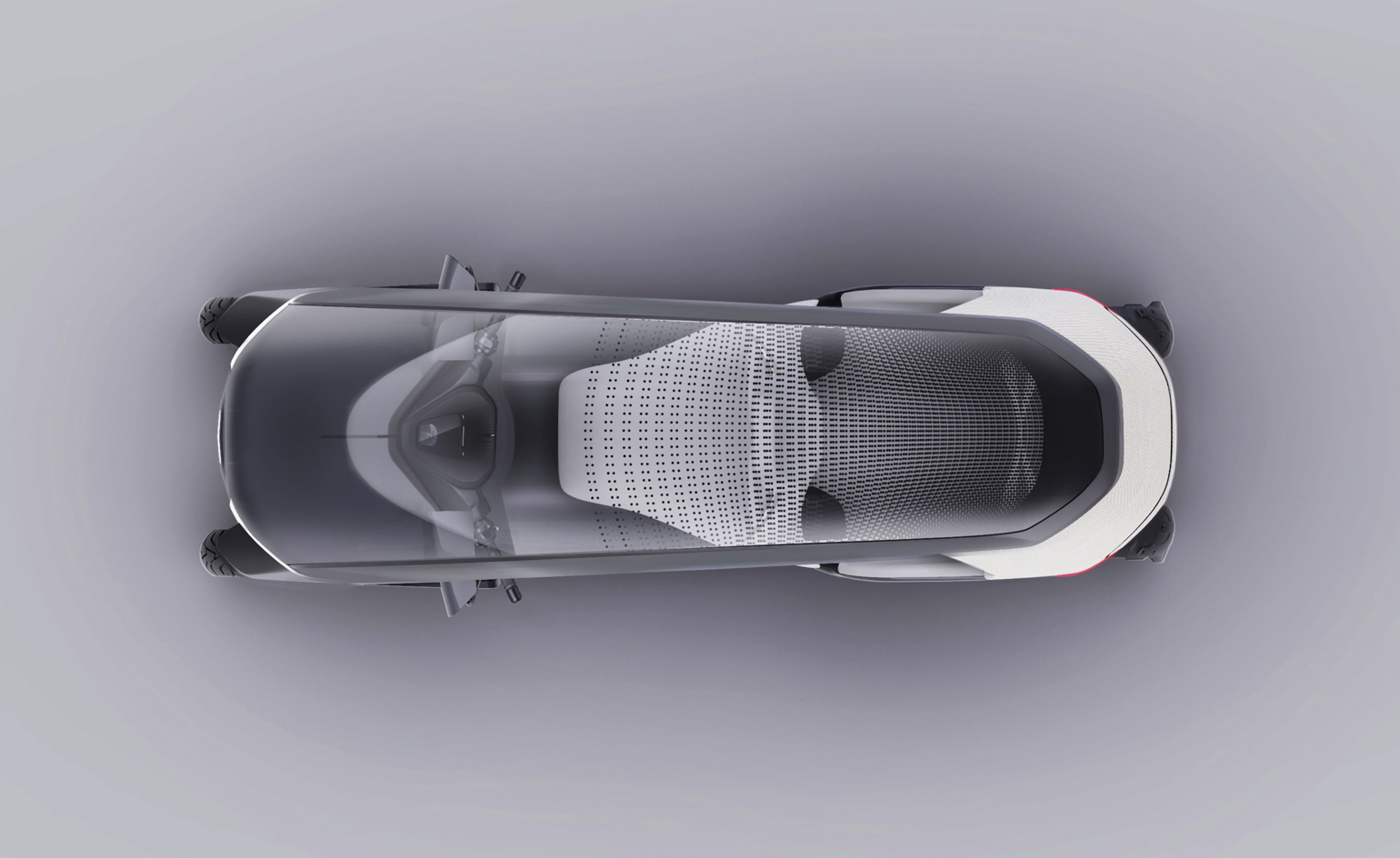
Creating the ultimate city car is a tricky task. New Swiss start-up KOMMA is just about to test the waters with their Urban Mobility Vehicle proposal, an as-yet-unnamed machine they hope to have up and running by 2022. Co-founded by tech entrepreneur Petter Neby and the Flemish auto designer Lowie Vermeersch, KOMMA will cross-pollinate two very distinct spheres of influence to shape a new approach to city travel.
Neby is best known for his work with Punkt, the Swiss neo-electronics company that works with Jasper Morrison on distilling everyday gadgets and devices down to the bare aesthetic essentials. Vermeersch comes from another realm. As Design Director at Pininfarina from 2007 to 2010, he oversaw some of the most elegant auto designs of the decade, before leaving to set up Granstudio in Turin. Granstudio placed more emphasis on technology and mobility, rather than all-out performance and dramatic looks. Now the two men have teamed up to make a new bid for sustainable urban travel.
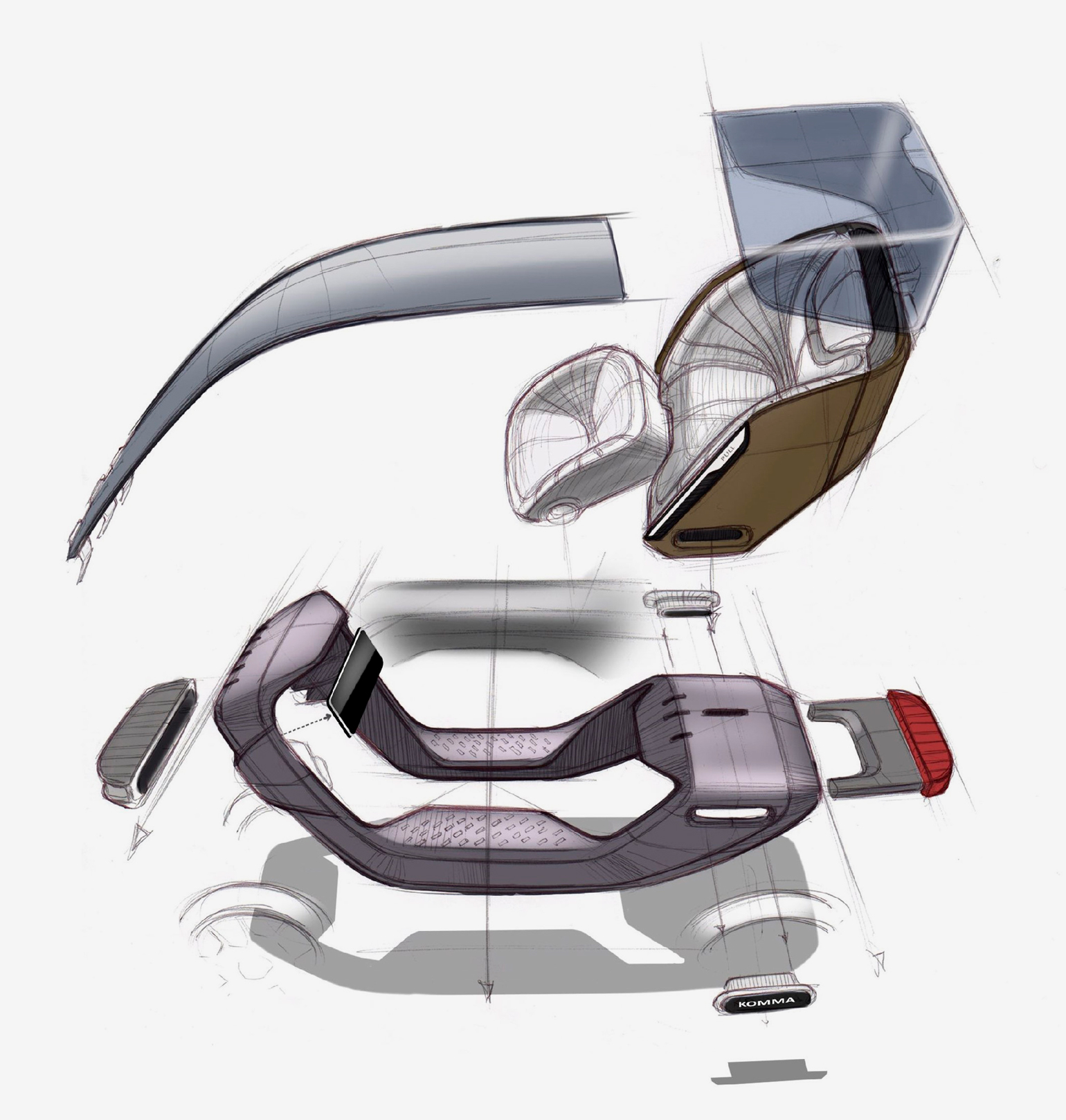
It's all about scale. The first great wave of private mobility in the decades after the Second World War saw companies make their name with small cars for the masses. But over time, the profitability of the compact car has nose-dived, and comfort, performance and big scale have become the only games in town. KOMMA wants to change all that. These exclusive sketches show that their proposal is ultra-narrow, a four-wheeled machine that's designed to maximize maneuverability without compromising space for two. By shrinking the footprint of the city car to its bare minimum without compromising safety, comfort or enjoyment of use, KOMMA hopes to reduce the footprint of private mobility.
‘We started out talking about technology, says Vermeersch, ‘this has been tried before, but it's not been successful.' All this, of course, is impossible without a pure electric drivetrain. ‘It allows us to really change the packaging and handling,' says Vermeersch, ‘the moment the vehicle becomes wider than it has to behave more like a car.' Instead, the prototype promises a mix of convenience, agility, enjoyment and long-range that simply isn't possible in a conventionally sized EV. ‘Right now, we can take a regular battery and get 180km of range,' says Neby, ‘it'll feel like a rocket as well. By 2022, people will definitely be considering this kind of vehicle as their only car.' Neby is also talking about a subscription and sharing model, but as he stresses, ‘we're launching a platform that's never been seen before. There are multiple uses, not just for consumers. Our drive is about changing the city.'
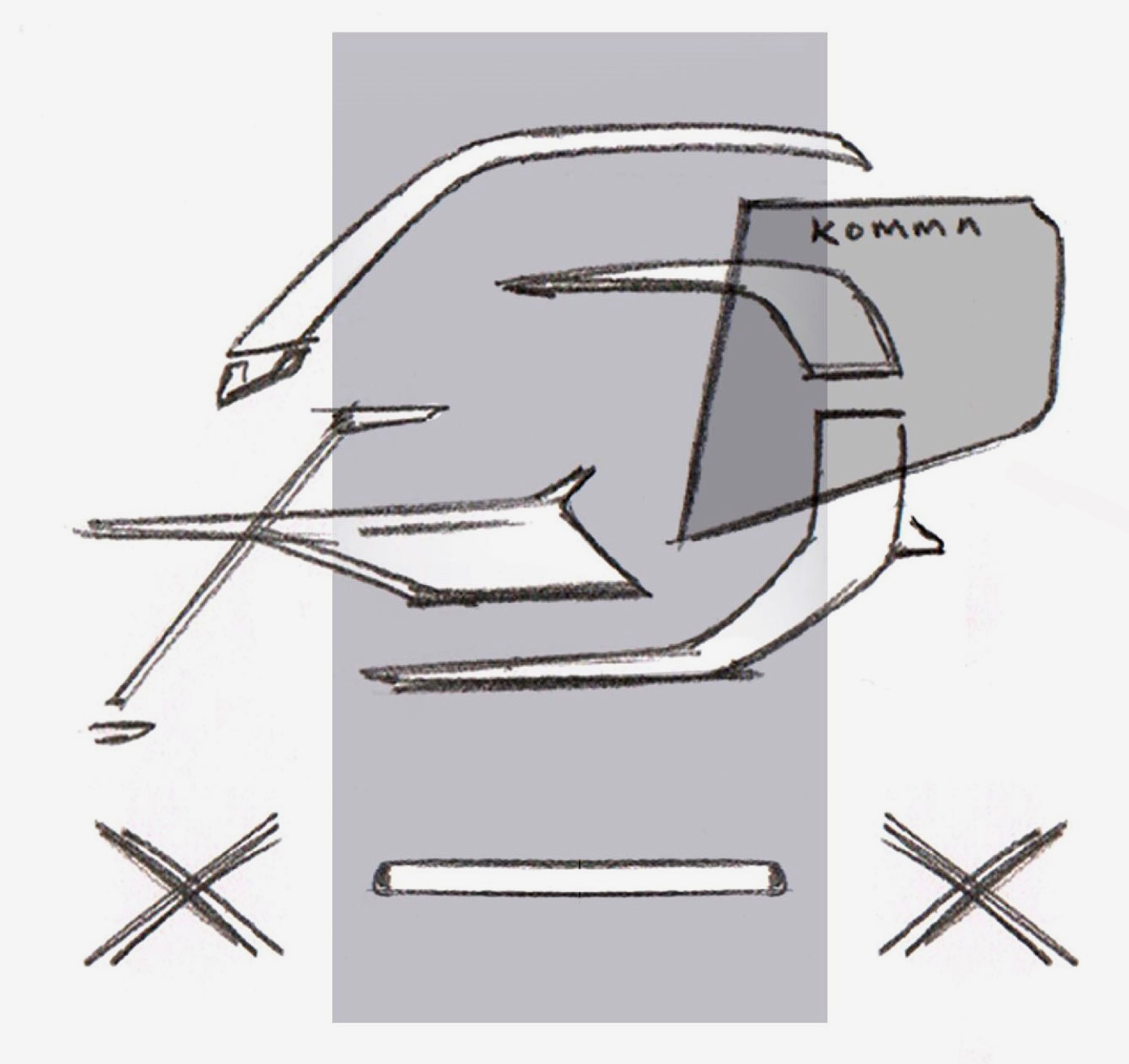
Both founders remain cautious. ‘There have been many announcements about mobility in the last few years. Autonomous technology, for example,' says Vermeersch, ‘and as we've slowly discovered, it's not that easy and might not deliver the benefits we hoped. The UMV is different. We're using existing technologies – our innovation is to bring them to new sectors.' Neby is also adamant that desire must still have a role to play. ‘The UMV will still have the joy of driving, the sense of freedom that the car can bring,' he says, ‘we need to have an emotional component – it's one of the anchors of KOMMA.'
INFORMATION
For more information, email info@komma.ch
Wallpaper* Newsletter
Receive our daily digest of inspiration, escapism and design stories from around the world direct to your inbox.
Jonathan Bell has written for Wallpaper* magazine since 1999, covering everything from architecture and transport design to books, tech and graphic design. He is now the magazine’s Transport and Technology Editor. Jonathan has written and edited 15 books, including Concept Car Design, 21st Century House, and The New Modern House. He is also the host of Wallpaper’s first podcast.
-
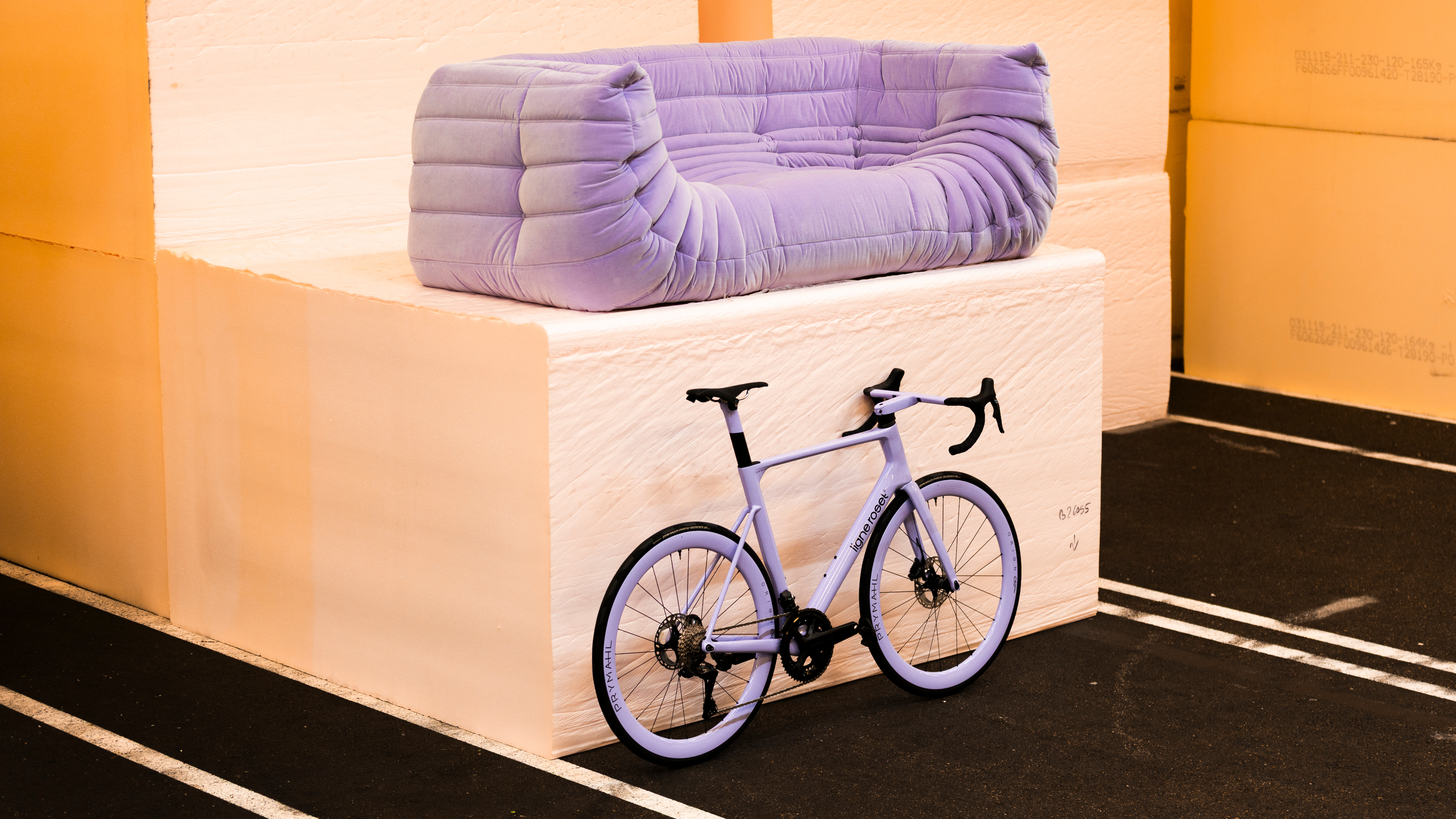 Ligne Roset teams up with Origine to create an ultra-limited-edition bike
Ligne Roset teams up with Origine to create an ultra-limited-edition bikeThe Ligne Roset x Origine bike marks the first venture from this collaboration between two major French manufacturers, each a leader in its field
By Jonathan Bell
-
 The Subaru Forester is the definition of unpretentious automotive design
The Subaru Forester is the definition of unpretentious automotive designIt’s not exactly king of the crossovers, but the Subaru Forester e-Boxer is reliable, practical and great for keeping a low profile
By Jonathan Bell
-
 Sotheby’s is auctioning a rare Frank Lloyd Wright lamp – and it could fetch $5 million
Sotheby’s is auctioning a rare Frank Lloyd Wright lamp – and it could fetch $5 millionThe architect's ‘Double-Pedestal’ lamp, which was designed for the Dana House in 1903, is hitting the auction block 13 May at Sotheby's.
By Anna Solomon
-
 Peugeot’s sparky 308 gets hybrid power and handsome lines
Peugeot’s sparky 308 gets hybrid power and handsome linesThe Peugeot 308 proves that mass-market design needn’t be dull, blending hybrid power with sharp lines and excellent detailing
By Jonathan Bell
-
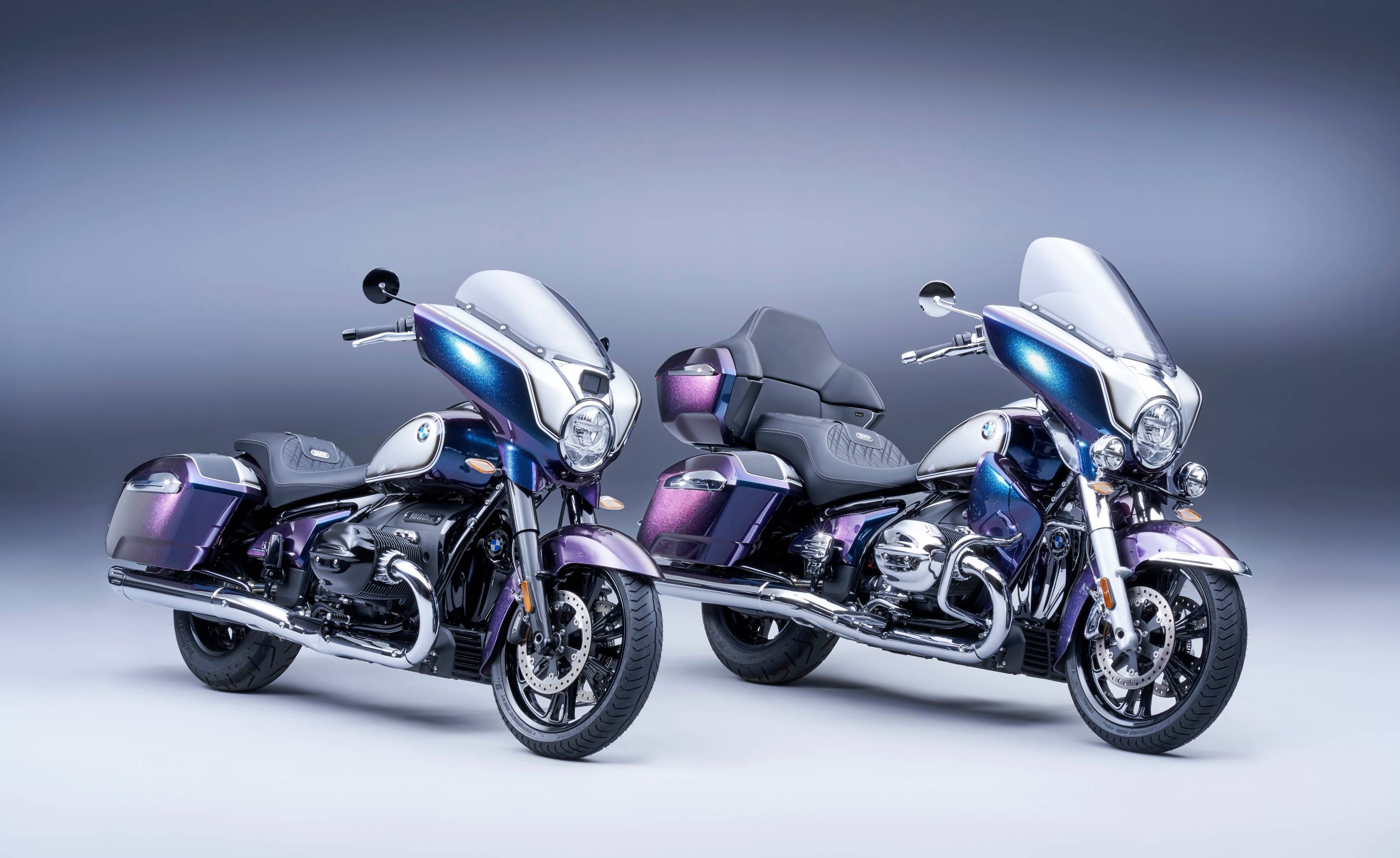 BMW Motorrad brings out the big guns for its newest cruisers
BMW Motorrad brings out the big guns for its newest cruisersBMW Motorrad R 18 Bagger and Transcontinental set the tone for high-voltage cruising with a brand collaboration with speaker specialist Marshall
By George Chapman
-
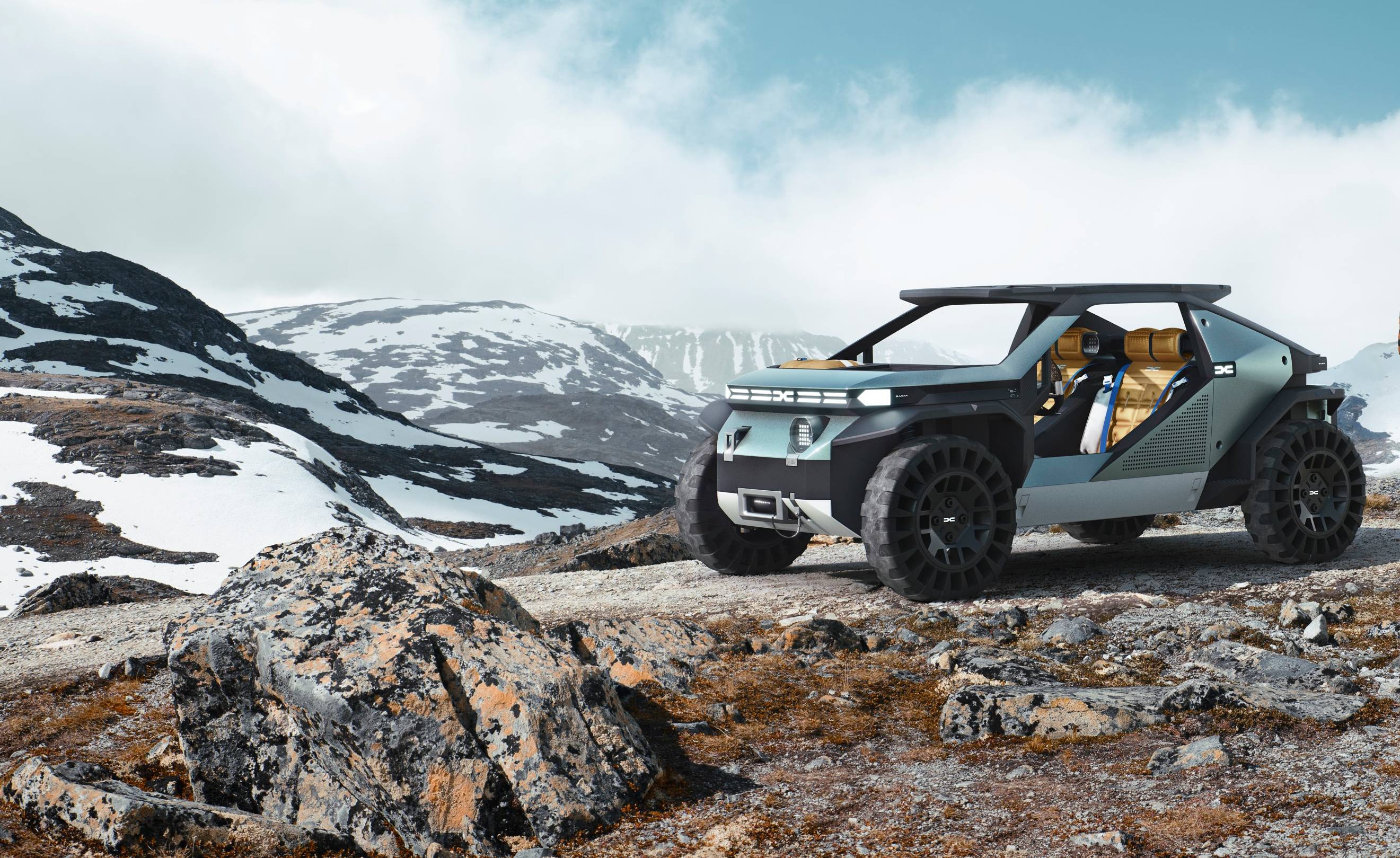 Dacia’s new Manifesto concept is a true outdoor utility vehicle
Dacia’s new Manifesto concept is a true outdoor utility vehicleUtilitarian auto brand Dacia sets a bold new agenda with its Manifesto, a concept car pitched at the active outdoor market
By Jonathan Bell
-
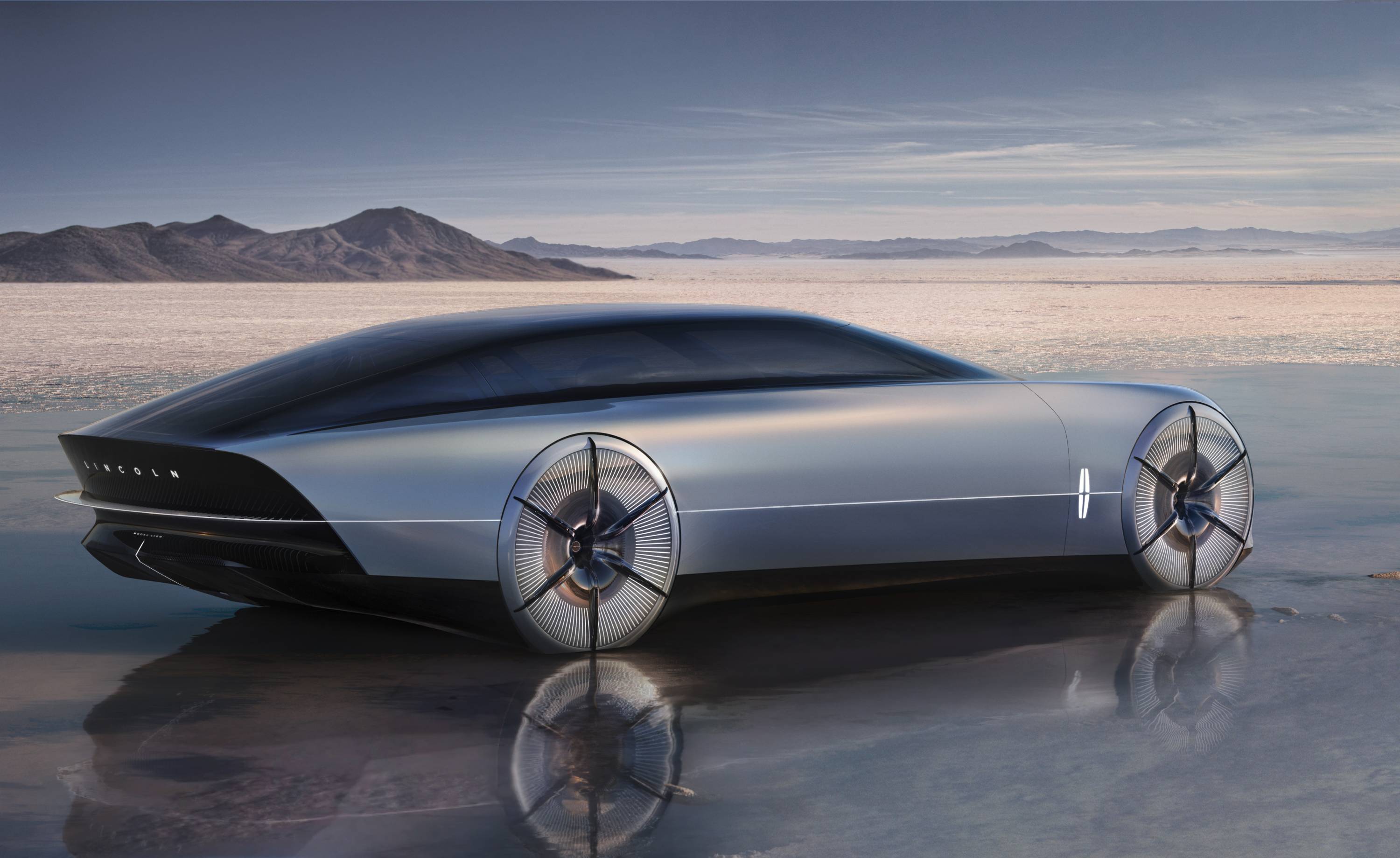 The sun sets on traditional supercars at California’s Monterey Car Week
The sun sets on traditional supercars at California’s Monterey Car WeekMonterey Car Week, the world’s most prestigious car gathering, is showcasing ever-more extravagant special editions, coachbuilt cars and all-new electric concepts. Here are seven key machines from 2022
By Rory FH Smith
-
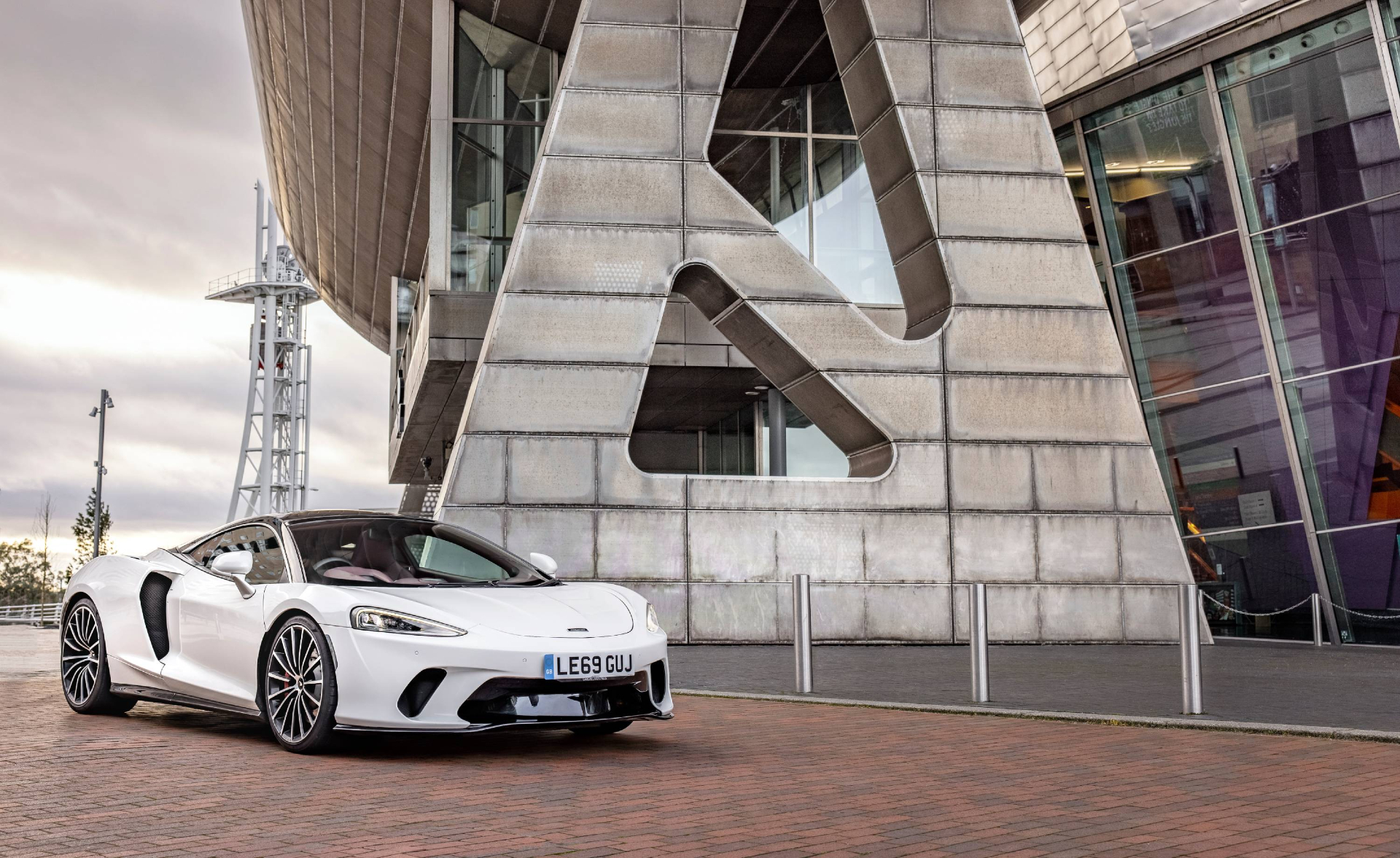 Is McLaren’s GT a sports car, a tourer, or the best of both?
Is McLaren’s GT a sports car, a tourer, or the best of both?The McLaren GT is a capable all-rounder dressed up in svelte supercar clothes. It might also be the last of its type
By Jonathan Bell
-
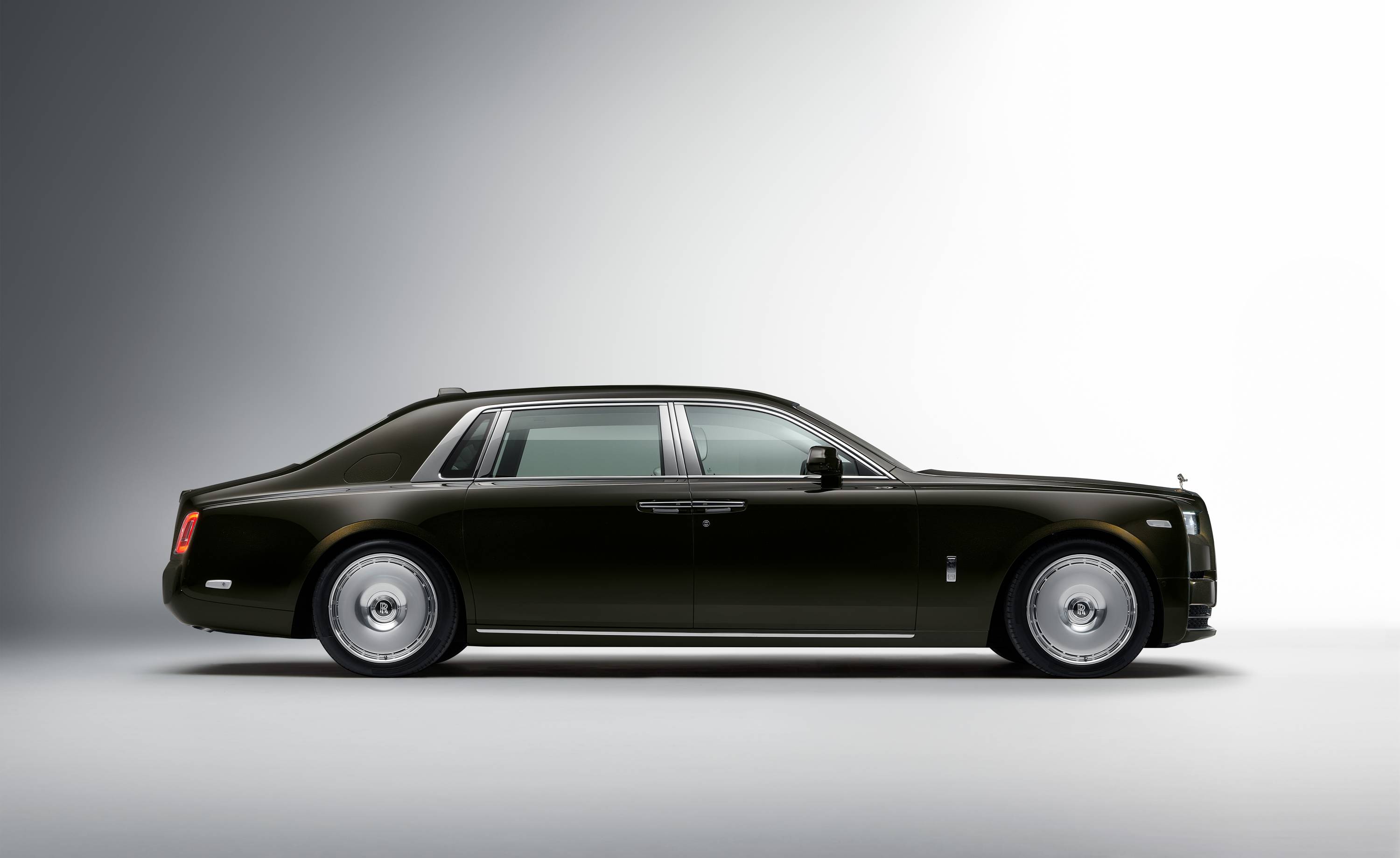 Rolls-Royce puts the Phantom back on its lofty pedestal
Rolls-Royce puts the Phantom back on its lofty pedestalA mid-life refresh ensures the flagship Rolls-Royce Phantom Series II is at the top of its game, a last hurrah for traditional engines before an electrified future
By Jonathan Bell
-
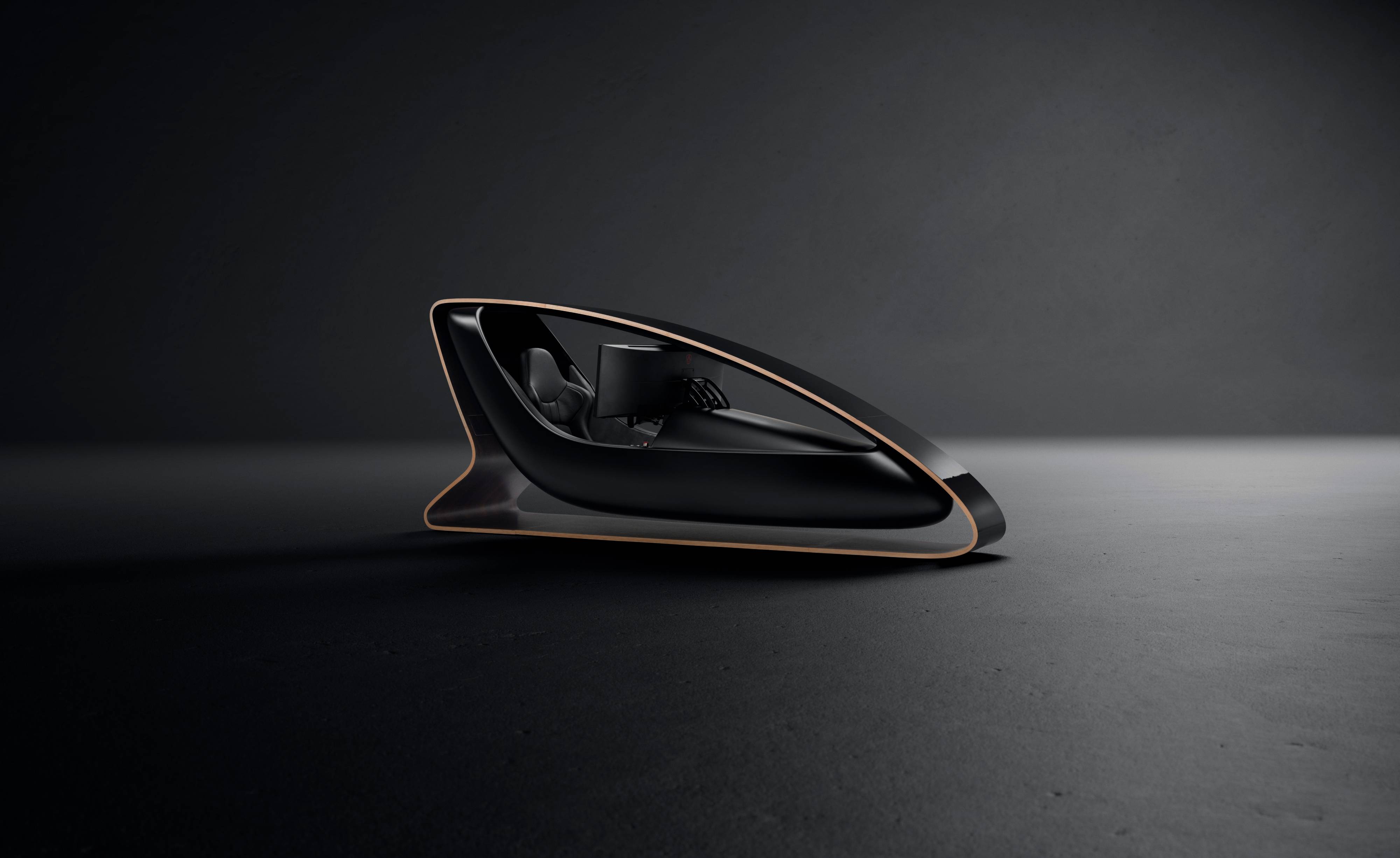 Prodrive’s new racing simulator is shaped by Callum to be front of the grid
Prodrive’s new racing simulator is shaped by Callum to be front of the gridThe racing simulator shapes up – this new design from Prodrive and Callum is honed for the high-end games room
By Jonathan Bell
-
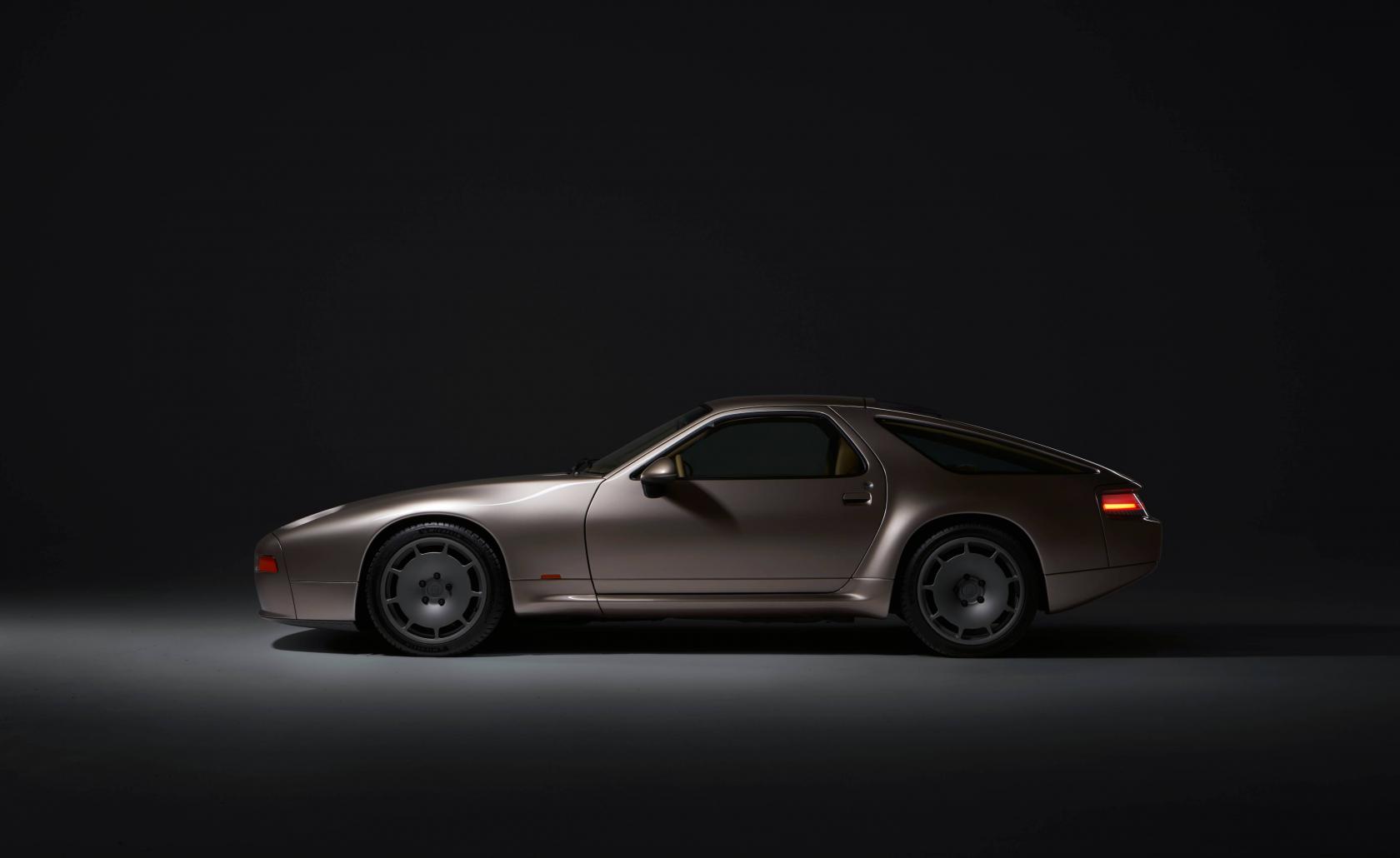 928 by Nardone Automotive: a restomod Porsche with Gallic verve and Italian style
928 by Nardone Automotive: a restomod Porsche with Gallic verve and Italian style928 by Nardone Automotive is a gracefully modernised version of Porsche’s endearingly different 928
By Jonathan Bell